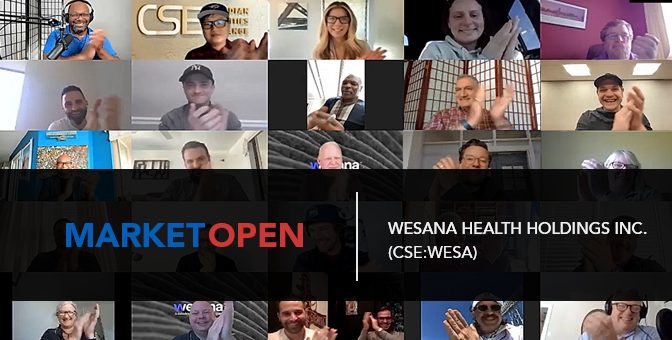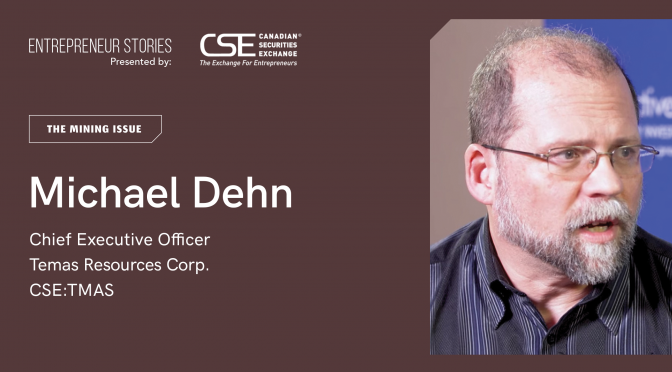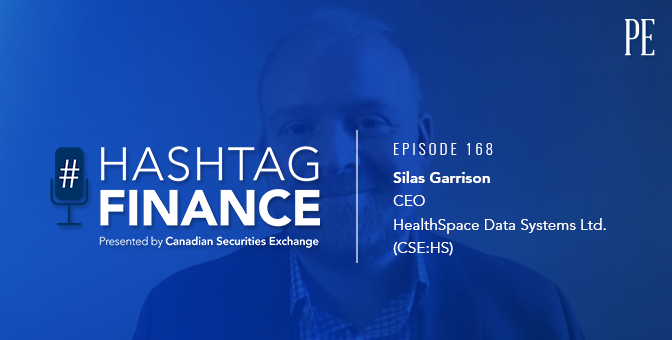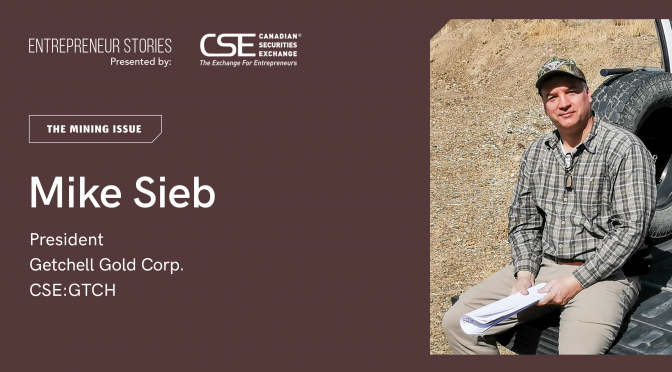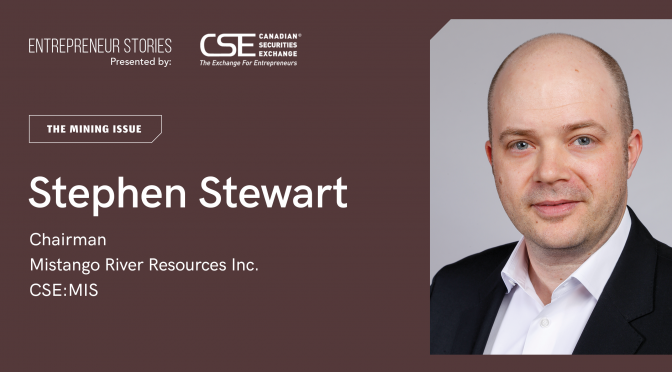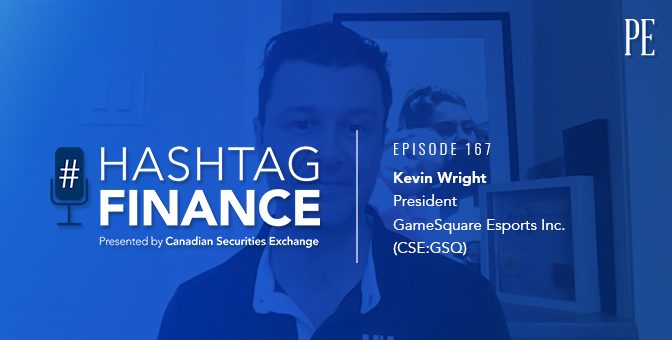Gold mining is a cyclical business, and right now the cycle is exactly where the industry wants it, with precious metals prices strong and investors eager to participate in the good times by backing well-run companies with capital. Macroeconomic factors, driven recently by the COVID-19 pandemic, are owed much of the credit, but the sector’s strong performance has actually been due for some time.
Few people understand these trends better than Stephen Stewart, an experienced resource industry executive and Chairman of junior explorer Mistango River Resources (CSE:MIS).
Stewart and his team have followed a pragmatic strategy that now sees Mistango drilling in Kirkland Lake, one of Canada’s most famous and productive gold camps.
Gold went through over half a decade of stagnation, trading in a fairly narrow range before breaking out to the upside in 2020, despite what some would argue was the macro background to move higher all along. What many industry executives saw as a crisis, however, Stewart recognized as opportunity.
Rather than ploughing cash into exploration during a downturn, Mistango took its time assembling a portfolio of high-quality assets then waited until investor interest returned and funds could be raised at an acceptable cost. With some $7 million in the treasury, now it’s time to put the growth part of the plan into action.
“No question about it, timing is everything, especially where I sit,” explains Stewart in a recent interview with Public Entrepreneur.
“We are now in what I would call our third phase. The first phase is buying cheap and the second phase is raising money at a good cost of capital. Now we are in the process of deploying that capital as intelligently and as efficiently as we possibly can so that we can either discover a new ore body or expand on a known one.”
Mistango’s first drill target is in Ontario’s famous Abitibi Greenstone Belt. The company is midway through a planned 10,000-metre drill program at its 4,300-hectare Kirkland West project, right next door to the Macassa Mine run by industry titan Kirkland Lake Gold. Macassa, by the way, is not only large, but also one of the highest-grade gold mines in the world.
“We are beside the third-largest gold ore body ever discovered, that has gone from east to west, and we’re the next property west,” says Stewart. “The anticipation is, and certainly my hope is, that we can extend that mineralization onto our property.”
Macassa, like Mistango’s project, sits on the major Cadillac-Larder Lake Break fault system, which is responsible for much of the 25 million ounces of gold produced at Kirkland Lake in the past 100 years or so.
Stewart reckons the current buzz around the Kirkland Lake area and the Canadian gold mining industry in general is justified as juniors get drills turning again, and impressive new discoveries, such as those in the equally famous Red Lake district, prove once again that Canada is one of the best gold mining jurisdictions in the world.
“Kirkland Lake has been mined for a hundred years. It’s going to be mined for a hundred more. There are more ore bodies that have not yet been discovered in that camp. There’s no question about it,” explains Stewart.
Mistango’s first phase of drilling targets three zones at Kirkland West, the first of which was the former Baldwin Mine, which is thought to sit on extensions of the main fault and where historical output showed grades of 15 grams per ton.
The Baldwin work is now complete and the rigs have crossed the river to test the main Cadillac-Larder Lake fault proper.
The company also plans to soon begin drilling its second asset, the advanced stage Omega Mine, which lies around 30 kilometres east of Kirkland West and has an NI 43-101 resource of around 585,000 indicated and inferred gold ounces.
In the middle of the last century, a mine at Omega churned out about a quarter of a million ounces. Notably, Omega also lies near some big names, including Agnico Eagle’s Upper Beaver deposit and the former Kerr Addison Mine, at one time Canada’s largest gold mine.
Omega is also just a few kilometres west of Orefinders Resources’ McGarry project, which hosts an indicated resource of 123,000 ounces of gold at 8.57 grams per ton.
Stewart points out that taken together, Orefinders and Mistango comprise one of the largest landholders on the Kirkland Lake/Cadillac-Larder Lake fault system.
Mistango is one of the companies in the Ore Group, which Stewart also chairs. Other companies in the group include QC Copper and Gold, American Eagle Gold and Orefinders.
So, how did Mistango manage to get its hands on such a prime piece of land?
It’s fair to say that it took persistence. Ore Group, via Orefinders, put in an offer to buy Mistango a couple of years ago but was turned down by management. It later became a significant shareholder, initiated a proxy battle, and ultimately took control.
Next began the process of turning the company around, recapitalizing it and starting to put money into the ground, says Stewart.
“We consider that [Kirkland Lake] the Ore Group’s backyard. It’s a seven-hour drive from Toronto and we just know the area and we love it and so it was an opportunity to expand our position,” he says.
Mistango River has some impressive backers, notably resource icon Eric Sprott, who holds 20% of Mistango’s shares. Sprott was Chairman at Kirkland Lake Gold during much of its heyday when the stock went up over 20 times in value.
“When he saw our land package, he instantly chose to invest,” says Stewart.
“He understands the possibility of the gold coming onto our property. He knows how pregnant those fault systems are with gold and took an educated guess on our company.”
On the ground, Mistango also benefits from the insights of Vice President of Exploration Keith Benn, who has a PhD in structural geology and extensive experience with the Abitibi.
Director Charles Beaudry also has over 30 years of experience in exploration, project generation and business development.
Numerous corporate success stories involve years of patience and hard work before the tide turns and management finally has the opportunity to prove that its instincts were right. With a strong team, a healthy treasury and ongoing exploration of high-quality projects in one of the world’s best gold addresses, that moment looks to have arrived for Mistango River Resources.
This story was featured in the Public Entrepreneur magazine.
Learn more about Mistango River Resources
at https://mistango.com/

